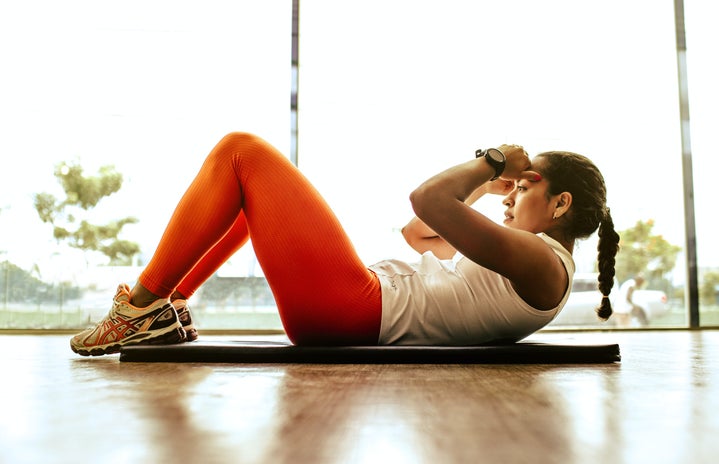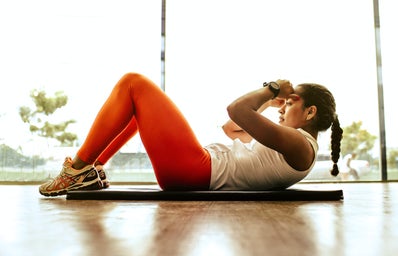Okay, ladies, I know what you may be thinking… “I don’t want to be feeling myself up all the time!”. There are some quick and easy things that we can do at home, to check in with our bodies, occasionally, to make sure everything is okay.
Breasts
Performing regular self-checks on our breasts can be so beneficial to early detection of breast cancer. Forty percent of diagnosed breast cancers are detected by women who feel a lump in their breast after examining them. If we perform a conscious feel of our breasts at least once a month, we will be able to notice subtle changes such as irregularities, lumps and bumps. The National Breast Cancer Foundation suggest three ways that a breast self-exam should be performed. The first is in the shower by using your fingers to examine the whole breast and armpit area. If you feel anything irregular, NBCF suggest you take a visit to your GP.
The second examination is in the mirror. This acts as a visual examination, checking for any swelling, discolouration of the breast or nipple, or dimpling of the skin.
The other examination that you can do is lying down. When you do this the breast tissue spreads evenly along the chest. By placing a pillow underneath your right shoulder, examine the breast with light to hard pressure again feeling for any lumps or irregularities. Do the same on your left and that’s it your breast self-exam is complete!
Vagina
Us ladies know that our foofies are a weird and wonderful ecosystem that even we don’t quite understand! From sights to smells to spots, it is important to know what is normal and abnormal when it comes to down under!
The best way to do a vaginal examination is sitting comfortably with a small flashlight, good lighting and a handheld mirror. (Make sure to wash your hands before any examination of the body!). You should be able to see outer and inner lips of the vulva, the clitoris, opening of the urethra, opening of the vagina and opening of the anus. Also notice your vaginal discharge. It usually is clear to cloudy white, smells slightly acidic and may be thick or thin. If your discharge is yellow or looks like curds, this may mean a vaginal yeast infection. The vulva should be pinkish in colour, have folds and ridges and no sores or red spots should be present. If you do notice sores or red spots, it could be an abnormality such as genital warts. The vulva should not be itchy or red as this is not normal. (FWHC.org) If any of these abnormalities are discovered you should go visit the doctor here on campus!
Pulse
Apart from these important self-checks mentioned above, there is one that trumps them all and that’s a pulse check! It is quick and simple and only takes one minute. What we are looking out for when we check our pulse is an irregular beat called “atrial fibrillation”. Atrial fibrillation is when your heart beats in a disorganised and irregular way. This is usually more common in older adults but it can affect us young ones too if we have an underlying heart disease. The best way to check your pulse is to place two fingers firmly on the opposite wrist and count the beats for one minute. The normal is between 60-100 beats per minute at a regular pace. If it is above or below this at a resting state you may consider visiting your GP. For more info on pulse visit www.irishheart.ie/feelthepulse. Or have a chat with one of the Irish Heart Foundation Society members here in DCU. When you have mastered the art of checking your own pulse, it would be no harm to teach parents and grandparents too!
Photo by Nadim Merrikh on Unsplash


